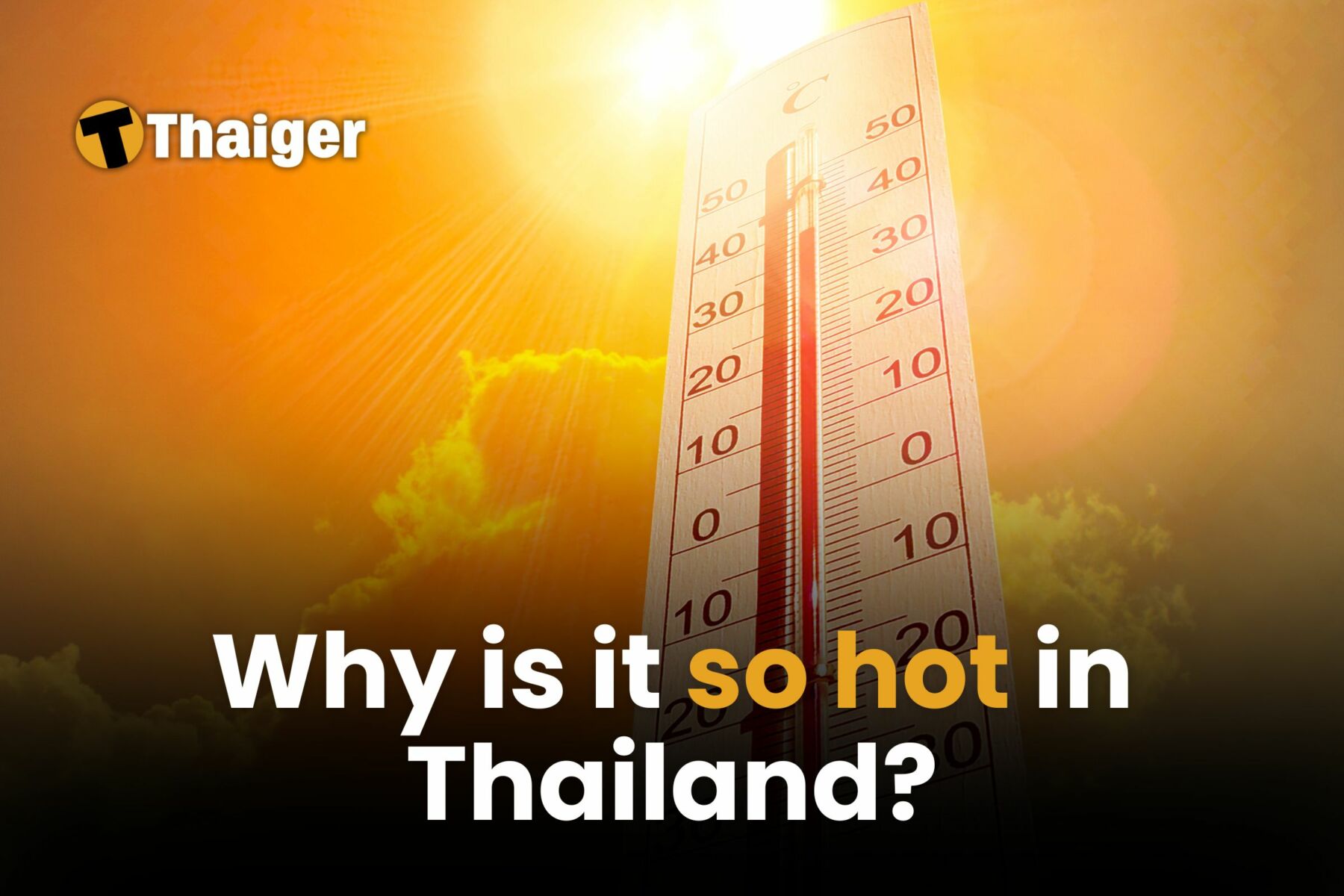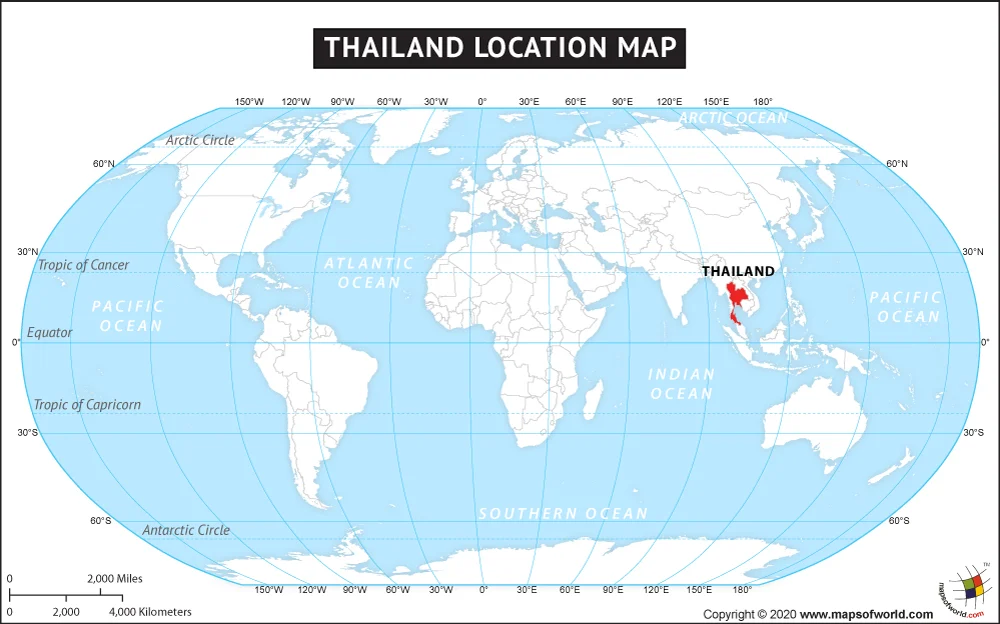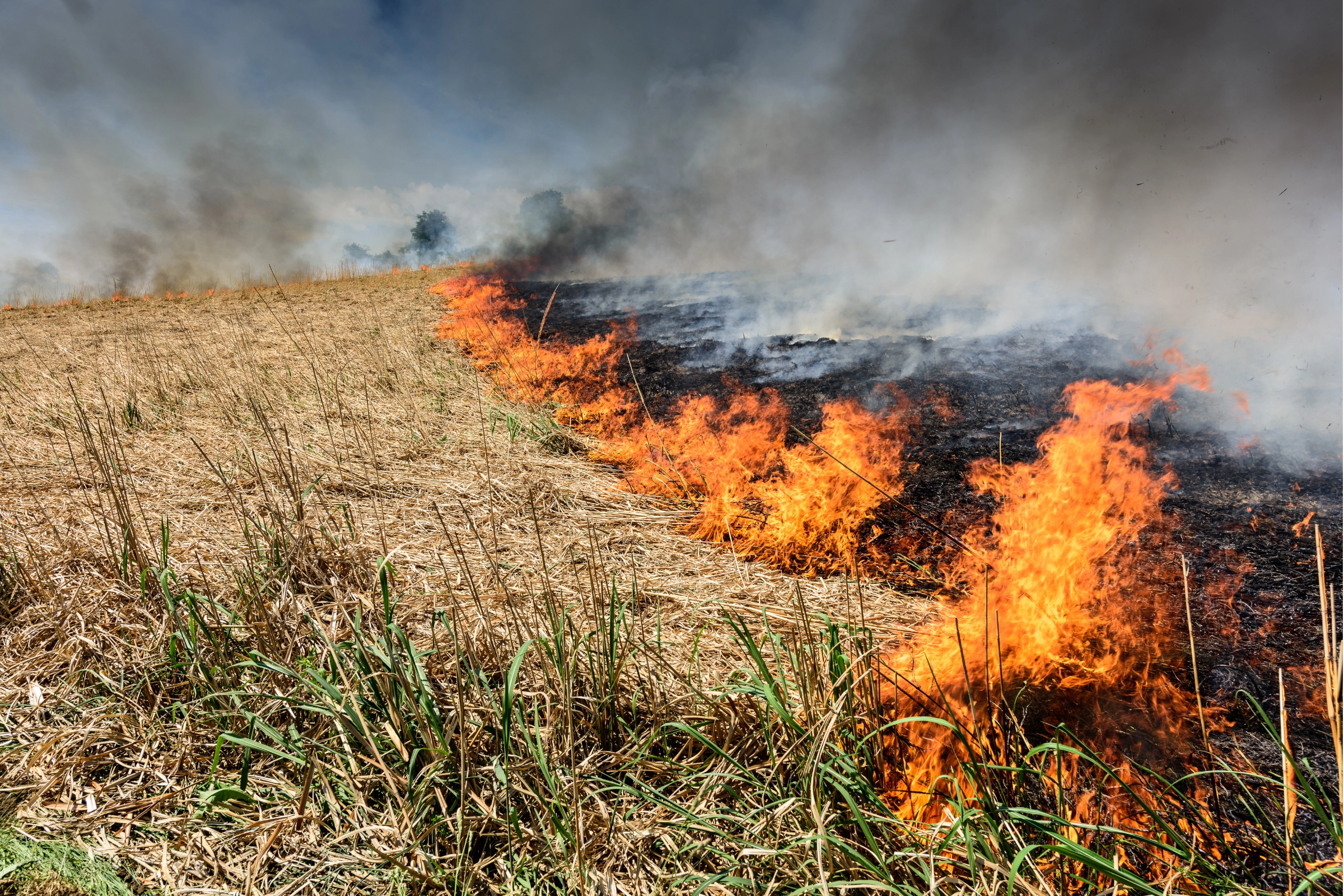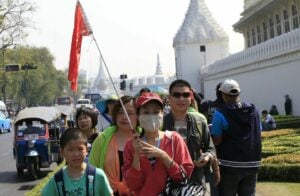Why is it so hot in Thailand?

If you’ve just arrived in Thailand or are planning to visit, one of the first things you’ll notice is the heat. It’s not just hot for a couple of months. Thailand’s heat seems to stretch on for eight months of the year! So, why is it so hot in Thailand, and what can you expect from the weather. Let’s break it down.
Overview of Thailand’s weather
Thailand has a tropical climate, which means you’ll experience a lot of heat, humidity, and sunshine throughout the year. The country has three main seasons:
- Hot season (March to May): This is the time when temperatures can soar to around 40°C (104°F) or higher, especially in cities like Bangkok.
- Rainy season (June to October): During the rainy season, average temperatures are generally in the mid-30s °C (around 30°C to 35°C) but can feel hotter due to high humidity levels
- Cool season (November to February): In many areas, especially in Bangkok, the cool season temperatures typically range from 18°C to 32°C (64°F to 89°F). In northern regions, nighttime temperatures can drop much lower, sometimes reaching as low as 8°C.
While the seasons may suggest some cooling down, don’t expect the “cool season” to be cold, it’s only “cooler” in comparison!
@thethaigerofficial Intense heatwave sees temperatures hit 40°C #HeatWave #Thailand #ThailandNews #TikTokNews ♬ original sound – The Thaiger
Temperature in each part of Thailand
The temperature in Thailand varies depending on which region you’re in:
- Bangkok and Central Thailand: The hottest region during the hot season. Temperatures here can reach 40°C (104°F) or more, especially in April.
- Northern Thailand: Cities like Chiang Mai experience slightly cooler temperatures but still see highs of 37°C (98°F) during the hot season. The cool season, however, can drop to 8°C (46°F) at night, making it one of the few regions with a noticeable temperature change.
- Northeastern Thailand (Isaan): Known for its dry heat, Isaan can get just as hot as Bangkok, with temperatures often above 38°C (100°F) in the hot season.
- Southern Thailand: While coastal areas like Phuket, Krabi, and Koh Samui do have a moderating effect on temperature, they also experience high humidity year-round. Even though the southern part gets more rain, especially during the monsoon season, the humidity can still make it feel hotter.
What makes Thailand’s weather so hot?
Several factors contribute to the persistent heat in Thailand, and understanding these will help you cope better.
Geographical location
Thailand is located near the equator, which means it gets more direct sunlight throughout the year. The closer you are to the equator, the higher the temperatures, and Thailand is no exception. The sun’s rays hit this part of the world more directly, making it hotter than regions further from the equator.

Humidity
High humidity is another big reason Thailand feels so hot. Humidity refers to the amount of moisture in the air, and Thailand’s humidity levels can reach up to 90% during the rainy season. This traps heat and makes it harder for your body to cool down through sweating. So, when people say it’s not just the heat but the humidity, they’re absolutely right!
El Niño effect
Thailand is also impacted by El Niño, a climate phenomenon that causes higher-than-average temperatures. During El Niño years, the country can experience longer, hotter dry seasons with less rainfall, making the already hot weather feel even more extreme.
Agricultural burning
During certain months, especially around February and March, the northern part of Thailand experiences agricultural burning. Farmers burn crops to clear their fields, which not only raises the temperature in these regions but also creates a smoky haze that traps heat and affects air quality. Cities like Chiang Mai and Chiang Rai often face this challenge.

Humidity overview
If you’re new to the tropics, humidity can be a game changer. As mentioned earlier, Thailand’s high humidity makes it feel hotter than it actually is. Even if the temperature is 30°C (86°F), the moisture in the air can make it feel like 35°C (95°F) or more.
| Season | Average Humidity (%) | Description |
|---|---|---|
| Cool season | 50% to 60% | This season runs from November to February. Humidity is lower, making it the most pleasant time to visit. |
| Hot season | 70% to 75% | Lasting from March to May, this season features high humidity with little rainfall, making it feel hotter. |
| Rainy season | 80% to 90% | From June to October, this season has the highest humidity levels, with heavy rainfall providing some relief from the heat. |
While humidity is generally lower during the cool season compared to other times of the year, it can still be relatively high at around 50% to 60%.In coastal areas like Phuket and Krabi, the humidity tends to be even higher due to the proximity to the ocean.
How to cope with Thailand’s heat
Dealing with the heat is all about preparation.
- Best time to visit: November to February is ideal for comfortable temperatures and lower humidity.
- Stay hydrated: Drink lots of water throughout the day to avoid dehydration.
- Wear light clothing: Look for clothes to wear to protect yourself from Thai heat. Stick to breathable fabrics like cotton or linen to stay cool.
- Avoid the midday sun: Try to schedule outdoor activities in the early morning or late afternoon when it’s slightly cooler.
- Wear sunscreen: Protect your skin from harmful UV rays by applying sunscreen with a minimum 50 SPF before heading outdoors. Reapply every few hours, especially if you’re sweating or swimming.
- Use air conditioning: Most hotels, restaurants, and shopping centres in Thailand have air conditioning, so take advantage of these cool spaces when you can.
Thailand’s heat can be intense, but it’s also part of what makes the country so uniquely tropical. Now that you know why it’s so hot, you’ll be better prepared to handle it. Whether you’re visiting for a short trip or planning to stay longer, just remember to stay cool, stay hydrated, and enjoy all the beauty Thailand has to offer!
Other resources on Thailand weather:
- Why is it raining so much in Thailand?
- Winter story: Thai cool season arrives fashionably late with icy twist
Frequently Asked Questions
What is the climate like in Thailand?
Thailand has a tropical climate characterized by high temperatures and humidity throughout the year. The country experiences three main seasons: the cool season (November to February), the hot season (March to May), and the rainy season (June to October).
When is the hottest time of year in Thailand?
The hottest months are typically from March to May, with April often being the peak heat month, where temperatures can soar above 40°C (104°F) in many regions, especially in central and northern Thailand.
What causes the high temperatures in Thailand?
Several factors contribute to the heat, including Thailand's geographical location near the equator, high humidity levels, and seasonal weather patterns influenced by monsoons. El Niño events can also exacerbate heat conditions.
When is the best time to visit Thailand to avoid extreme heat?
The best time to visit is generally from November to February when temperatures are more bearable and humidity is lower, making it a more comfortable time for outdoor activities.
Does it rain during the hot season?
Rainfall is minimal during the hot season; however, occasional thunderstorms may occur. The rainy season, which follows, brings heavy rains and increased humidity.
































